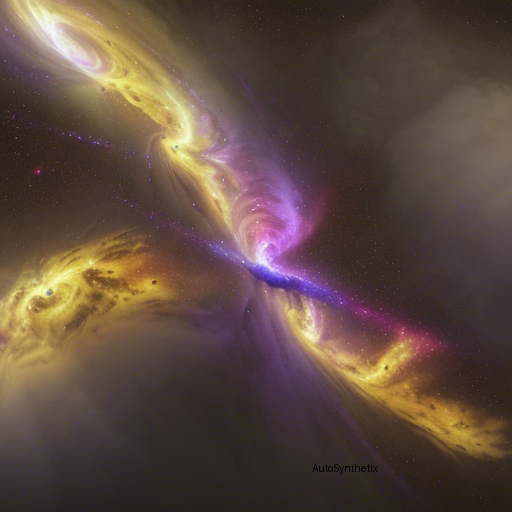Introduction
In our ever-expanding quest to understand cosmic phenomena, astronomers have uncovered a myriad of celestial events that continue challenging existing theories. One such enigma lies in deciphering the mysteries surrounding supernova eruptions – cataclysmic deaths of massive stars resulting in outbursts brighter than entire galaxies. Recent groundbreaking research delves deep into one particular occurrence, SN 2023ixF, occurring in the spiral galaxy Messier 101, offering new perspectives on these colossal stellar demises.
The Complex Nature of Stellar Catastrophes
When a gargantuan sun meets its end, the subsequent explosion often encounters vastly different environments, ranging from near-emptiness to densely packed materials left behind by previous life cycles of the same progenitor star. This diversity greatly influences how the very first light rays emitted during the 'shock breakout' phase manifest themselves across various wavelength bands. These crucial insights not only shed light upon the intrinsic characteristics of the original stellar conflagration but also provide vital clues regarding the pre-supernova evolutionary state.
Diving Deeper Into SN 2023ixF's Enigmatic Environment
A team of intrepid researchers embarked on a mission to comprehensively analyze SN 2023ixF's earliest stages using multiwavelength observational techniques. By employing the Hubble Space Telescope's exquisite capabilities in capturing high-resolution ultraviolet spectra alongside a multitude of other complementary datasets, they managed to elucidate previously obscured facets of this titanic upheaval.
This painstaking endeavor revealed the profound impact of the pervasive presence of optically opaque circumstellar matter engulfing SN 2023ixF's immediate surroundings. As opposed to traditional expectations where the primary source of illumination stems directly from the expanding supernova remnant itself, their findings underscored the pivotal role played by the heated circumstellar medium acting as a temporary veil over the nascent supernova's glow. Consequently, rather than witnessing a brief flash lasting mere hours, observers encountered sustained luminosity extending over multiple days due to continuous reprocessing mechanisms operating amid the convoluted interplay between the luminous supernova expansion front and the ambient circumstellar cloak.
Conclusion: Paving Pathways towards Cosmic Understanding
By meticulously dissecting the case study presented hereof, scientists further refine our understanding of the diverse tapestry comprising the death throes of monumental stars. Each revelatory insight serves to fortify the scaffold underpinning modern astrophysics while simultaneously opening avenues leading us deeper into the heart of galactic dramas heretofore confoundingly shrouded in mystery. Through persistent efforts like those dedicated to scrutinizing SN 2023ixF, humanity continues charting its course toward unlocking the universe's grand narrative, piece by fascinating piece.
References: For more details, refer to "Resolving the exploration of supernova 2023ixf in Messier 101 within its complex circumstellar environment" available online via arXiv repository (https://doi.org/10.48550/arxiv.2310.10727v2), authored by a consortium of esteemed experts spearheading cutting-edge astronomy investigations worldwide.
Disclaimer: Please note that the author of this summary is neither AutoSynthetix nor involved in the actual scientific discovery process; the above text aims solely at presenting the essence of the given academic work in an accessible manner for general readers' edification. All credit goes exclusively to the original creators mentioned throughout the body of this synopsis. ]<>
Source arXiv: http://arxiv.org/abs/2310.10727v2
